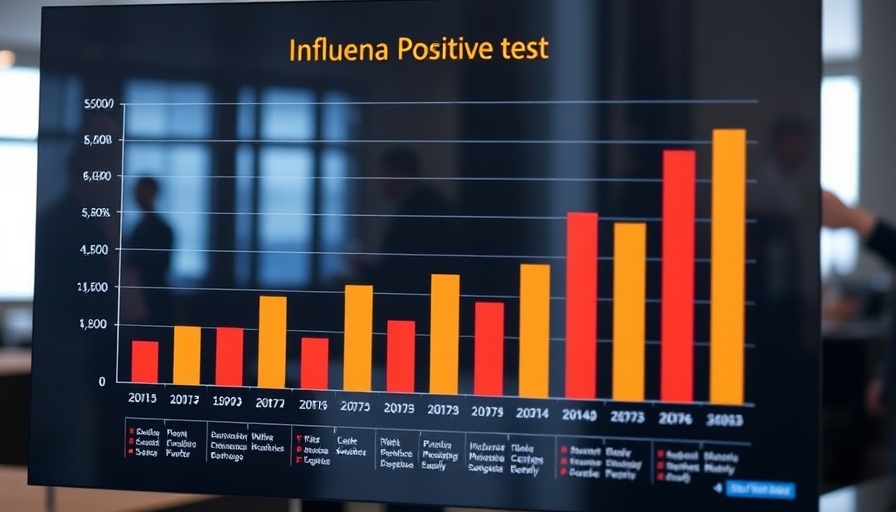
Understanding the Importance of Fever
In recent discussions about health, the topic of fever has resurfaced, shedding light on its critical role in fighting infections. Fever is often viewed as a troubling symptom, leading many to seek quick remedies. However, emerging research suggests that elevated body temperatures play a vital role in the body's defense mechanisms against viral infections. So, should we treat fever, or allow it to run its course?
In 'Should a Fever Be Treated', the discussion dives into the dual nature of fever, exploring its role in the immune response, which sparked deeper analysis on our end.
The Body's Defense Mechanism
Fever is not just a symptom; it is a natural response initiated by the body to improve its ability to fend off invaders such as viruses. The increase in body temperature creates an environment where pathogens struggle to survive, therefore enhancing the immune response. This fascinating aspect of fever highlights a shift in perspective. Instead of viewing it solely as a nuisance, we can recognize its potential benefits.
When is Fever a Concern?
While fevers can be beneficial, it's essential to monitor their intensity. Temperatures exceeding 104 to 105 degrees Fahrenheit pose risks and can lead to dangerous health complications. It's vital for caregivers to stay vigilant and differentiate between a fever that can assist recovery and one that requires immediate medical attention. Listening to the body's signals is critical.
Conclusion: Balancing Care and Natural Processes
Ultimately, understanding how fever functions gives us the insight to gauge when intervention is necessary and when it might be best to let the body heal itself. Elevating awareness around this topic is crucial as it empowers individuals to make informed decisions about health. Let's take the time to comprehend what our body is doing during fever episodes and empower ourselves with knowledge, ensuring that we approach this common condition with a balanced perspective.
 Add Row
Add Row  Add
Add 




Write A Comment